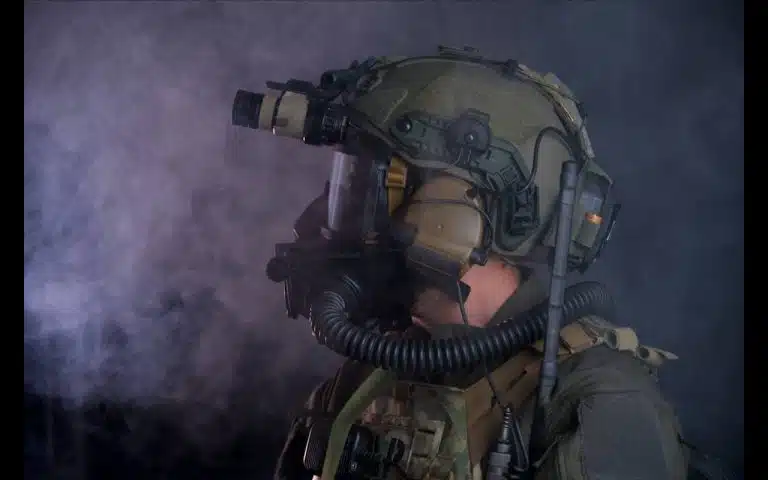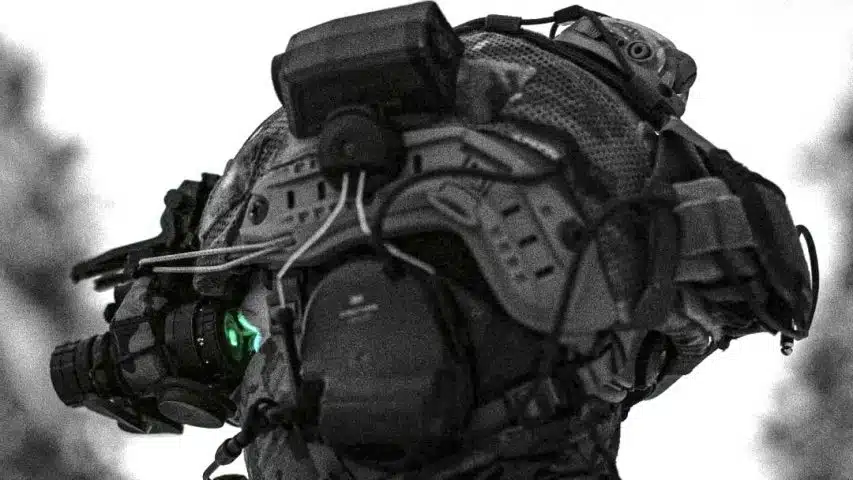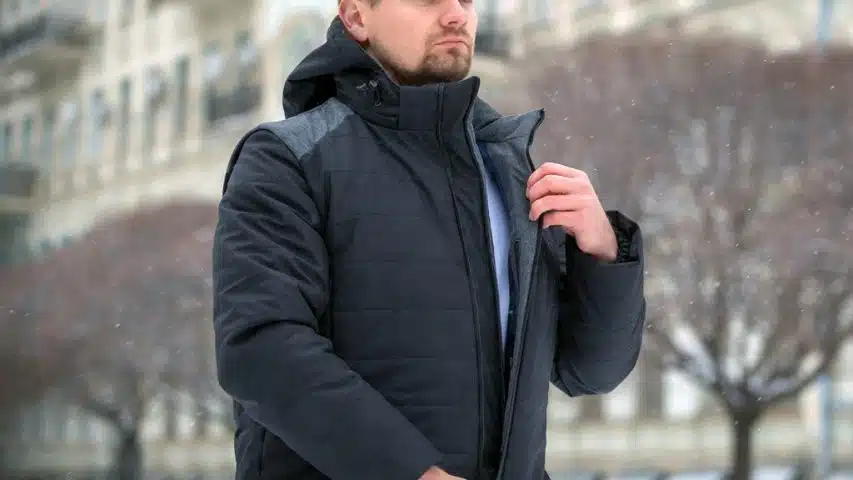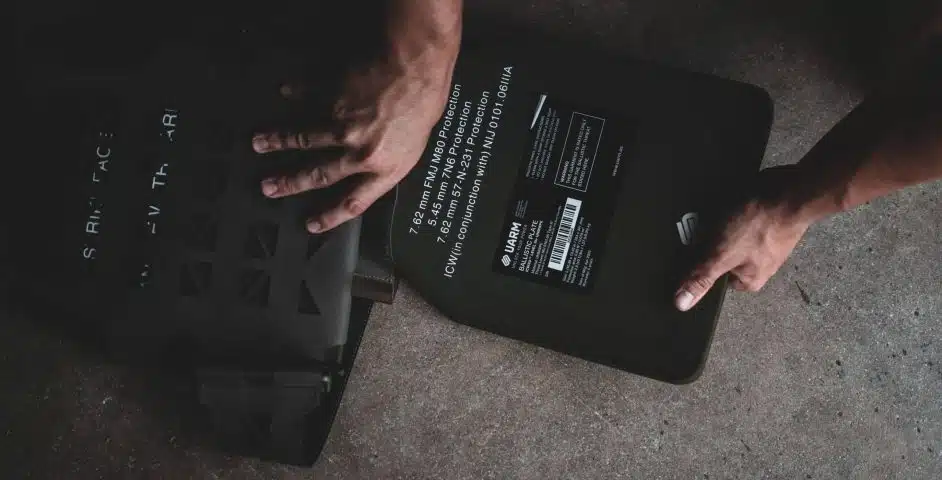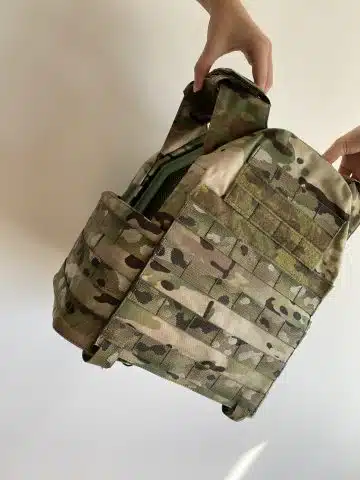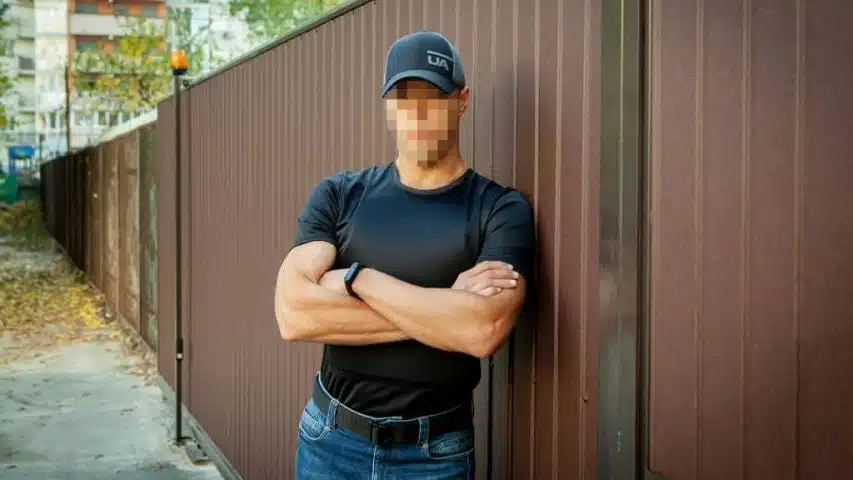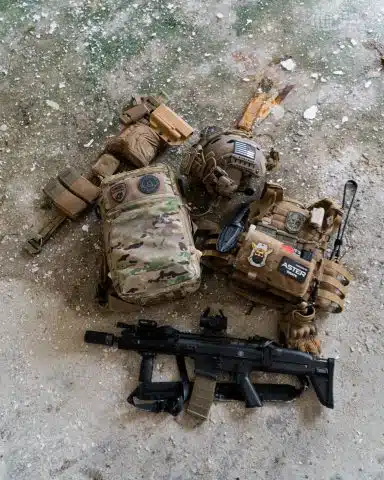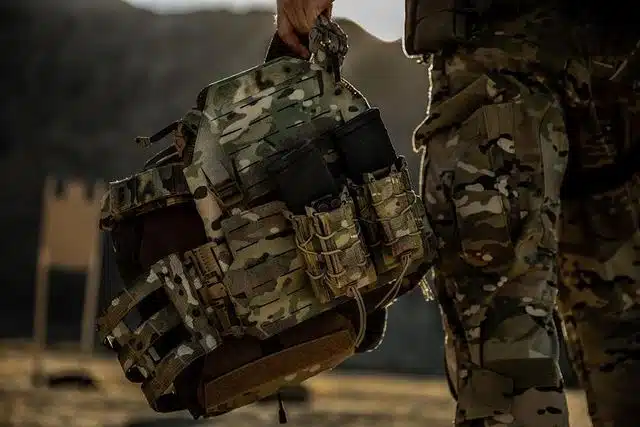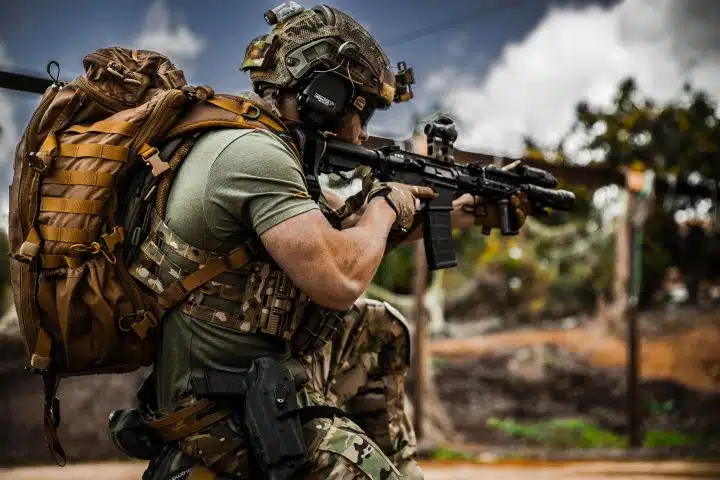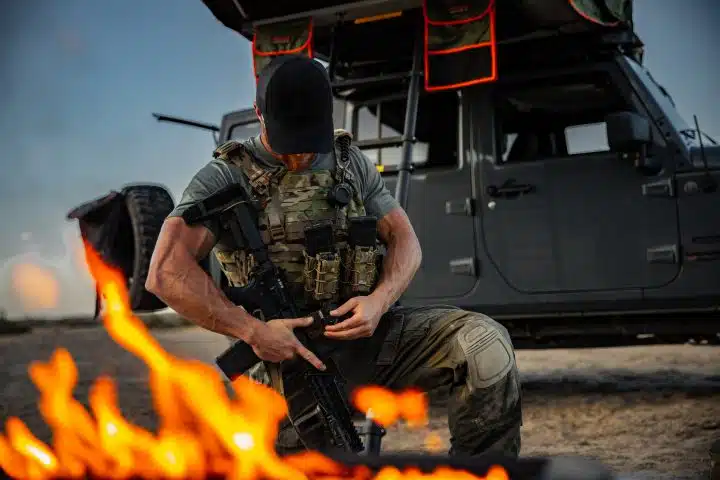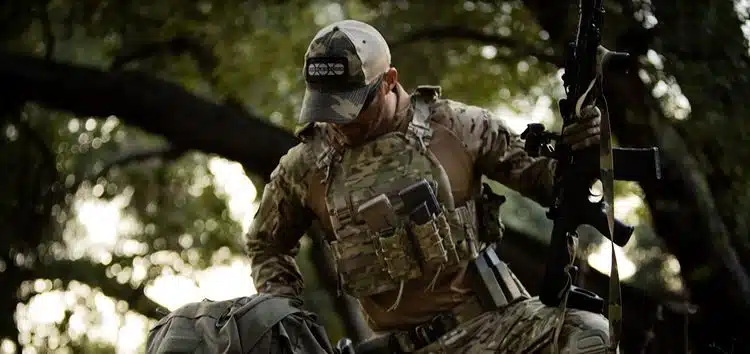A tactical bulletproof helmet is one of those items that is severely underrepresented in media but is absolutely crucial in any mission. If you don’t have a helmet that fits you well and offers correct coverage a stray piece of shrapnel or debris can place you out of commission, or worse.
When picking up a helmet, there are three aspects to consider, each being very important:
- Coverage (Protection)
- Attachments (Usefulness)
- Padding (Comfort)
Why All Tactical Helmets Look Alike?
A ballistic helmet has a single purpose: to stop a piece of high-velocity frag or a bullet aimed at your brain. Aside from that, they have the requirement to be shaped in a way to fit the head and not too heavy for the neck of the average operator. All of these issues combined have influenced the shape of the ballistic helmet, which now needs to have the same curve that would prevent projectiles of hitting it at a zero-degree angle. This allows the helmet to be lighter and better balanced and thus easier to use. Weight is a major issue when it comes to military helmet materials and is the main reason why a Kevlar helmet is not used any more in favor of UHMWPE. Namely, the weight not only needs to be low, but also not directly transferable to the head. Unlike ballistic plates, helmets can’t have even a little backface deformation (BFD) touching the body. Even a small push can knock the operator out and form a deadly hematoma that will decommission the operator or worse. Because of this, a ballistic helmet needs to be heavily padded and reflect all of the force either on itself or outwards. With current ballistics and taking into consideration the general shape of the human head, this only leaves the modern ‘’half shell’’ design.Main Types of Protective Headgear
Aside of the overall shape of the military helmet that is always the same, there are currently three distinct models available that offer different types of coverage. These are very aptly named:- High cut ballistic helmets
- Mid cut ballistic helmets
- Low cut ballistic helmets
Low Cut Ballistic Helmet
Low cut ballistic helmets such as the LCBH are what can be considered a standard military helmet and offer high coverage and comfortable sitting for the operator. While the standard helmet can come with attachments such as the shroud and rails, these are considered non-standard. Because drilling the helmet to install such options would reduce its structural integrity, it is only installed in those models where the benefits outweigh the risk.High Cut Ballistic Helmet
The high cut ballistic helmets such as the HCBH are more common with policing and law enforcement, as well as more generalized military missions. They are light and easy to maneuver with, as well as offer better access to utility features such as night vision, cameras, and light. Additionally, because the ears are open, the operator is free to use a wider range of communication options, including a private phone or Bluetooth earphones, making it the most popular choice in domestic situations.Mid Cut Helmet
A Mid cut bulletproof helmet used to be employed for mobile military units where the lighter weight and better operational performance in the field. But, because of the changes in how missions are conducted, as well as new technologies, they have been falling out of style in the recent decades. Namely, because smaller in-ear communication modules have been made readily available and additional armor can be attached to high-cut models, the comparative utility of the mid-cut tactical helmet setup has been reduced.Padding and Fastening
Padding and comfort in general are surprisingly important when it comes to your ballistic helmet, as well as armor in general. If the helmet is uncomfortable, heavy, or itching, you will be inclined to take it off from time to time as to rest, which will leave you vulnerable. Alternatively, the constant discomfort will irritate you, moving your attention from the mission to that discomfort. That can become a problem not only for yourself, but also for your squad, and the mission itself. This is why even a basic helmet should have good padding. Ideally, you will want to have the ability to move the pads around and adjust them to your specific head shape. While all heads might look the same from afar, we are all unique and the same shape won’t fit everyone.Attachments
The most common set of attachment points for a helmet are the shroud and the rails. Here you will attach all of the auxiliary gear that you might need for the mission. One of the most common attachment are the night vision goggles. Because of this, it is critical that you ensure that the shroud accepts the type of NVG attachment that you have.FAQ
What Is The Best Tactical Helmet Setup?
The best tactical helmet setup will have a modern shape and be made from a mixture of UHMWPE hard shell and soft armor, with foam padding on the inside. Additionally, a good tactical helmet setup will be able to take all of your mission-critical attachments, such as the NVG and communication.Which are the Top Tactical Helmets?
A top bulletproof helmet would be the one that fits your mission perfectly. You shouldn’t stick to name brands such as a Kevlar helmet or military helmet, but rather go through the reviews and online tests.Signs That Tactical Helmet Is Good For You
- It is light and comfortable
- It fits your mission
- It can carry the attachments that you need
